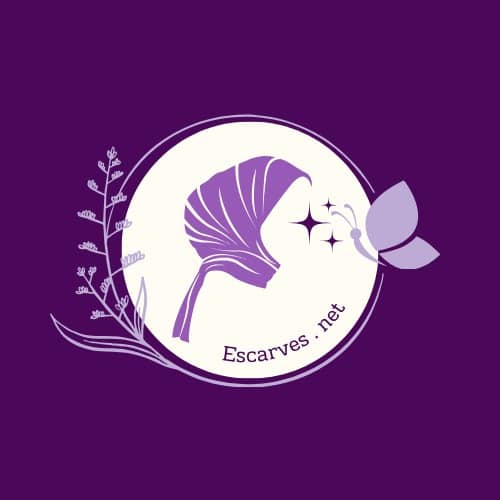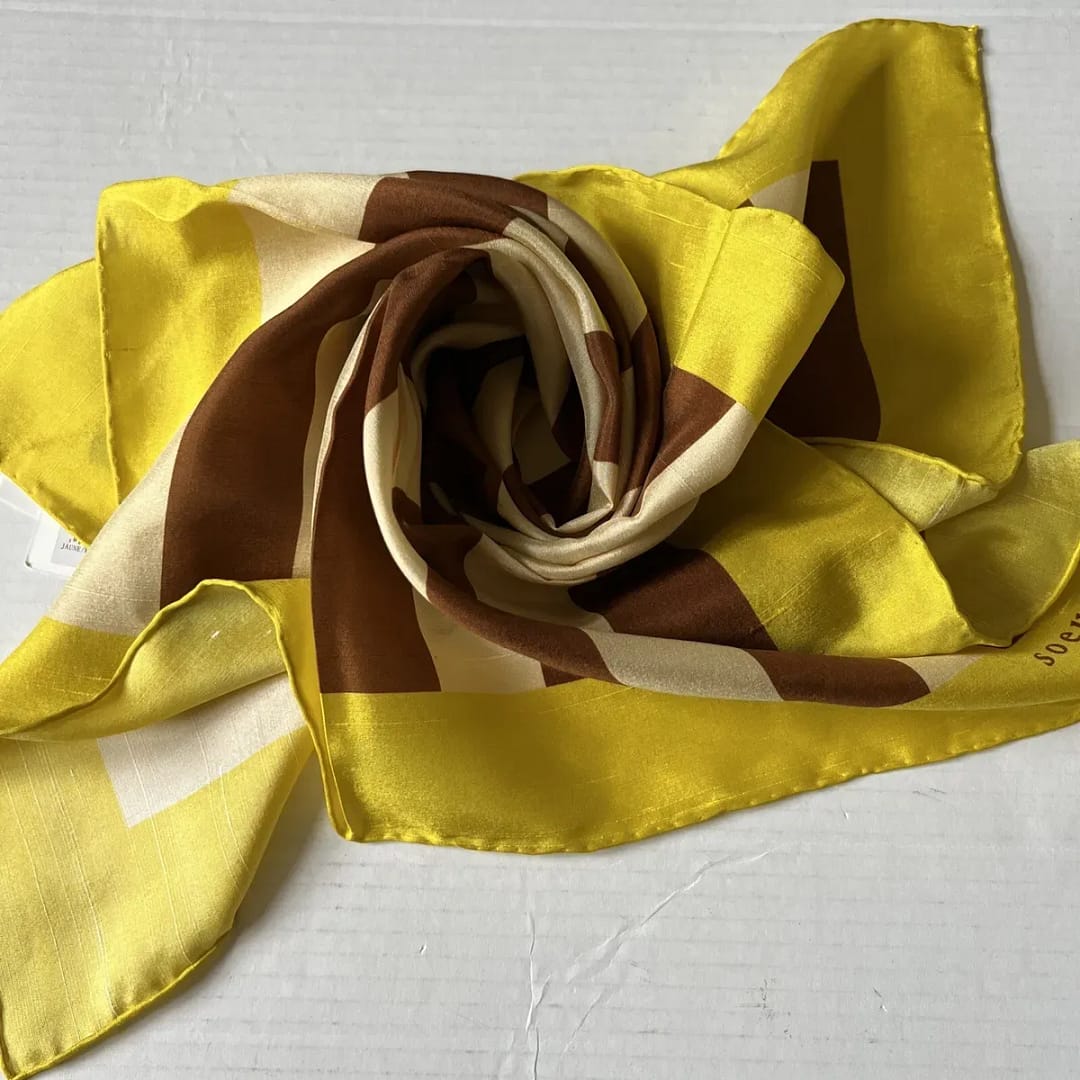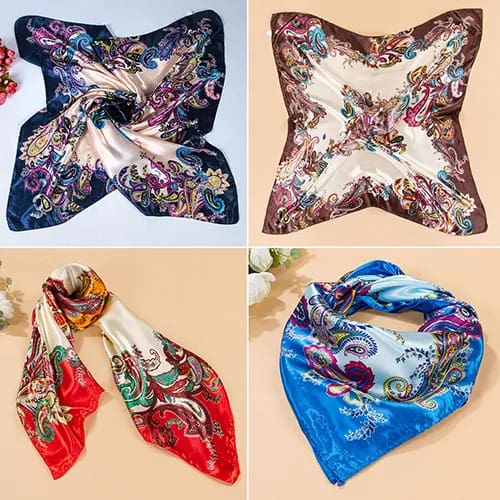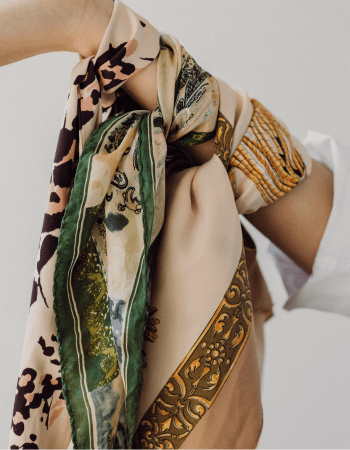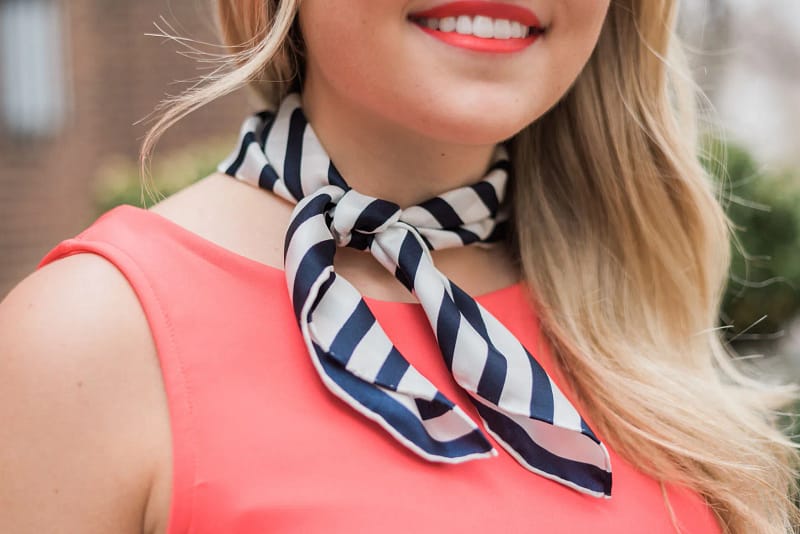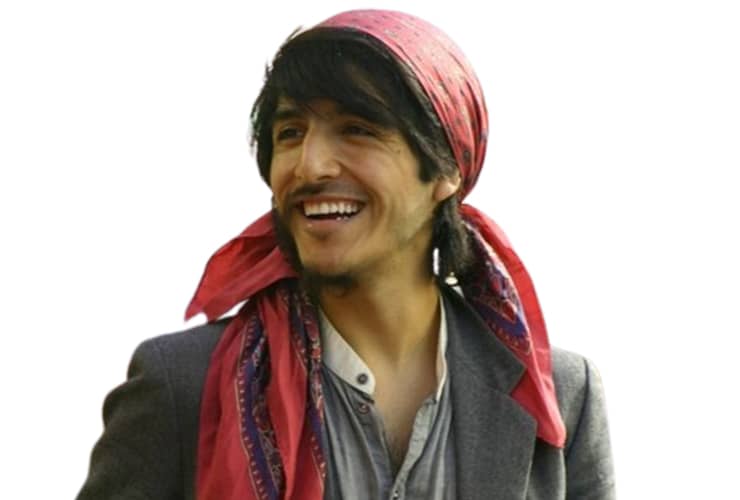Introduction
A plaid scarf is a classic element of any wardrobe that transcends time and trends. Versatile and stylish, it’s more than just a cold-weather staple; it’s a statement piece that can elevate any outfit, any day. In this comprehensive post, we’ll explore the rich history of plaid scarves, offer a myriad of ways to wear them, guide you through the bustling markets of plaid scarf shopping, and even touch upon the art of making your very own. Bursting with fashion inspiration and practical advice, this is your go-to guide for mastering the art of plaid scarves. Whether you’re a fashion aficionado or just exploring the world of fashion, you’ll find something of interest here.
History and Evolution of Plaid Scarves
Walk through any period of history and across a wide range of cultures, and you’re likely to spot a plaid scarf making an appearance. Initially, these scarves were more about function than fashion, serving as a protective layer against harsh weather conditions. The distinctive crisscross pattern, known as ‘tartan’ in some regions, carries significant cultural connotations in Scotland, where each clan boasts its own unique tartan design. Over time, plaid scarves have morphed into a global fashion statement, with slight variations in patterns and colors that reflect the wearer’s personal style more than their lineage.
Contemporary fashion has seen plaid scarves evolve from the traditional woolen fabrics to lighter, more versatile materials, perfect for year-round use. While the classic checked pattern remains a timeless favorite, the market is also replete with bold and innovative designs that infuse the plaid scarf with modern flair. From oversized wraps to sleek, tailored pieces, there’s a plaid scarf for every individual’s unique look.
Types of Plaid Scarves
- Wool Plaid Scarves: These scarves are the epitome of warmth and classic style. Made from wool, they’re perfect for the colder months, offering both comfort and a touch of sophistication.
- Cashmere Plaid Scarves: For those seeking luxury, cashmere plaid scarves are unrivaled. Soft, lightweight, and incredibly warm, they represent the pinnacle of elegance and comfort.
- Cotton Plaid Scarves: Ideal for transitional weather or those preferring a lighter accessory, cotton plaid scarves provide style without the bulk, making them perfect for spring and autumn.
- Silk Plaid Scarves: Silk plaid scarves are the embodiment of finesse, offering a sleek and polished look. They’re an excellent choice for formal occasions or when you want to add a touch of glamour to your outfit.
- Polyester and Acrylic Plaid Scarves: These are affordable alternatives that mimic the textures and warmth of natural fibers. They offer a wide variety of patterns and colors, suitable for everyday wear.
- Blanket Plaid Scarves: Oversized and incredibly versatile, blanket plaid scarves can be draped over the shoulders for a chic, cozy accessory, making them a favorite for fashion-forward individuals.
- Infinity Plaid Scarves: These scarves provide a modern twist on the classic plaid pattern, offering a loop design that’s easy to style and wear, ensuring a snug and comfortable fit.
Styling Tips with Plaid Scarves
Plaid scarves, with their wide range of patterns and colors, can complement almost any outfit, adding both warmth and a splash of personality. Here are some tips to style plaid scarves for different occasions:
- Classic Twist: For a timeless look, drape a wool plaid scarf over a solid-colored coat. Choose colors within the same palette for a cohesive appearance or opt for contrasting hues to make a statement.
- Office Chic: Silk or cashmere plaid scarves can add a pop of color to the standard office attire. Pair a slim, silk plaid scarf with a tailored blazer or wrap a soft cashmere scarf over a structured dress for an elegant, professional look.
- Casual Days: Wrap a cotton or acrylic plaid scarf loosely around your neck over a simple tee and jeans. This laid-back style works perfectly for errand days or casual outings, marrying comfort with fashion effortlessly.
- Evening Elegance: For evening events, choose a silk plaid scarf with brighter colors or unique patterns. Drape it over your shoulders with a sleek dress or top to add an elegant touch to your night-out ensemble.
- Winter Warmth: A blanket plaid scarf not only keeps you warm but also serves as a statement piece. Its oversized nature allows for various styles, from a traditional wraparound to a chic shawl draped over one shoulder.
- Layering Masterpiece: Use an infinity plaid scarf to add depth to your layers in the cooler months. Since it stays snug around your neck, it’s a practical addition that boosts your outfit’s visual interest without sacrificing comfort.
By experimenting with different types of plaid scarves and how you wear them, you can significantly expand your wardrobe’s versatility. Whether aiming for elegance, professionalism, or casual ease, incorporating a plaid scarf can effortlessly elevate your style.
Seasonal Styling
Seasons change, and so should your approach to styling plaid scarves. Each season offers unique opportunities to showcase the versatility of this timeless accessory.
- Spring Refresh: Spring calls for lighter materials. Opt for cotton or silk plaid scarves in pastel colors or with subtle patterns. They can be loosely knotted over airy blouses or dresses, adding a layer of warmth without overwhelming your spring outfit.
- Summer Nights: Even in summer, a plaid scarf can be your companion during cooler evenings. A lightweight, cotton scarf in vibrant hues or nautical-inspired patterns can be wrapped around your shoulders while dining al fresco or taking a beachside stroll.
- Autumn Layers: Autumn is the season for plaid. Wool and cashmere scarves in rich, earthy tones or deep jewel colors reflect the season’s palette. Layer them over chunky knitwear or under heavy coats for both warmth and a pop of color.
- Winter Wonderland: In winter, the plaid scarf becomes not just an accessory but a necessity. Thick, woolen, or blanket scarves in darker plaids or holiday-themed patterns can be styled in various ways to keep you cozy while you revel in winter activities or holiday markets.
Understanding the seasonal context not only influences the material and color of your plaid scarf but also how it complements your overall attire, ensuring you remain stylish and comfortable throughout the year.

DIY Plaid Scarf: A step-by-step guide on how to make your own plaid scarf.
Creating your own plaid scarf allows for personal expression and ensures you have a unique piece that perfectly matches your style. Here’s a simple guide to making a classic plaid scarf:
Materials Needed:
- 2 yards of plaid fabric (choose between wool, cotton, or a blend depending on your preferred texture and seasonal suitability)
- Matching thread
- Scissors
- Sewing machine (a hand-sewing needle will also work)
- Measuring tape
- Pins
Step 1: Choose Your Fabric
Select a plaid fabric that suits your style and the season you intend to wear it in. Wool is great for winter, while cotton suits warmer seasons.
Step 2: Cut the Fabric
Measure and cut a piece of fabric to your desired dimensions. A standard size for a scarf is approximately 12 inches wide by 60 inches long, but you can adjust this based on your personal preference.
Step 3: Hem the Edges
Fold the edges of your fabric about 1/2 inch to the wrong side, and then fold them over again to enclose the raw edge. Pin the fold in place. This double-fold hem will give your scarf a polished look.
Step 4: Sew the Hem
Using a straight stitch, sew along the inner edge of the fold all around the scarf. Remove the pins as you go. If you’re hand-sewing, ensure your stitches are small and even for durability.
Step 5: Finishing Touches
Press the scarf with an iron to smooth out any wrinkles and give the hems a sharp edge. This will also help the scarf lay flat and look professionally made.
Optional: For added flair, consider adding tassels or fringe to the short ends of the scarf. You can make these from extra fabric or purchase pre-made ones to sew on.
Voila! You now have a bespoke plaid scarf tailored to your taste and perfect for any season. This project not only adds a personal touch to your accessory collection but can also serve as a thoughtful handmade gift for someone special.
Celebrities and Plaid Scarves
Plaid scarves have made their way into the wardrobes of many celebrities, adding a touch of elegance and street style to their outfits. Here are some notable points on how celebrities have embraced the plaid scarf trend:
- Taylor Swift: Known for her chic street style, Taylor Swift often incorporates plaid scarves into her autumn and winter looks, pairing them with oversized sweaters and boots for a cozy, yet fashionable ensemble.
- David Beckham: Beckham has been spotted on numerous occasions wearing plaid scarves, proving that this accessory isn’t just for women. He typically pairs his scarves with a leather jacket or a tailored coat, elevating his sophisticated and masculine style.
- Emma Watson: Emma Watson uses plaid scarves to add a pop of color and pattern to her more minimalist outfits. Her choice of scarf often includes sustainable materials, reflecting her commitment to eco-friendly fashion.
- Ryan Reynolds: The actor has been seen wearing plaid scarves in a casual manner, draped loosely around his neck with a simple tee and denim, showcasing how a plaid scarf can add dimension to even the most laid-back look.
- Meghan Markle: The Duchess of Sussex has elegantly sported plaid scarves during official engagements, opting for subtle plaid patterns that complement her classic and polished style.
These celebrities show that plaid scarves are versatile accessories that can be styled in numerous ways, fitting into both casual and formal occasions while always adding a special touch to an outfit.

Plaid Scarf Trends
The plaid scarf, as a timeless accessory, undergoes subtle changes in trends that align with broader fashion movements. Current trends see a resurgence of vintage plaids, with patterns reminiscent of the 70s and 90s making a strong comeback. These include larger, bolder checks and brighter, more contrasting color combinations that can turn a basic outfit into a statement ensemble. Additionally, sustainability in fashion has influenced plaid scarf trends, with a marked increase in the demand for scarves made from eco-friendly materials such as organic cotton, bamboo fibers, and recycled wool. Another notable trend is the fusion of plaid with other fabric patterns, like floral or abstract prints, offering a fresh and eclectic take on the classic plaid. This modern approach allows for more personal expression and versatility, ensuring that everyone can find a plaid scarf that fits their unique style and reflects the latest in fashion trends.
Plaid Scarves for Men
Plaid scarves for men have transcended their practical roots to become staple accessories in menswear, capable of adding sophistication and a hint of personality to any outfit. For men, the focus is on darker, more subdued plaids that can easily blend with traditional menswear colors such as navy, grey, and black. Textures tend to be heavier, with wool and cashmere being preferred for their warmth and durability. Men can style plaid scarves in a simple loop around the neck with a peacoat for a classic winter look or drape them over a leather jacket for an edgier vibe. The key is to maintain a balance between the scarf’s pattern and the outfit’s overall complexity, ensuring the scarf accentuates rather than overwhelms.
Plaid Scarves for Women
For women, plaid scarves open up a playground of style and experimentation, serving as both functional and fashionable pieces. Women’s plaid scarves feature a wide range of colors, from pastel tones for a softer look to vibrant hues that make a bold statement. They come in various fabrics, including lightweight options like silk for spring and summer and warmer materials like wool for the colder months. Women can leverage plaid scarves to add texture and depth to monochrome outfits or to tie together color schemes within their attire. Styling can range from a classic wrap-around for elegance to a loose hang for casual flair, or even used as a poncho for a trendy, avant-garde approach. The versatility of plaid scarves for women embodies the fusion of functionality with the endless possibilities of fashion expression.
Accessorizing with Plaid Scarves
Plaid scarves are more than just a warm layer; they are a versatile accessory that can elevate any outfit. Here are some tips on how to accessorize with plaid scarves:
- Layering: A plaid scarf can add an interesting layer to your outfit. Pair it with a solid-colored coat or jacket in winter, or drape it over a light sweater in the fall.
- Pop of Color: Use a brightly colored plaid scarf to bring a pop of color to a neutral outfit. This can instantly make your look more vibrant and eye-catching.
- Belt It: For a chic and polished look, try belting your plaid scarf over a coat or a dress. This not only secures the scarf in place but also accentuates your waistline.
- Mixing Patterns: Don’t be afraid to mix patterns. A plaid scarf can surprisingly complement striped or floral patterns, adding depth to your outfit. Ensure there is a cohesive color theme to tie the look together.
- Casual Toss: For a more laid-back style, simply toss one end of the scarf over your shoulder. This works well with both casual and semi-formal outfits, adding a touch of effortless elegance.
Accessorizing with plaid scarves offers endless possibilities, allowing you to express your personal style while staying warm and comfortable. Whether you’re aiming for a bold statement or a subtle touch, a plaid scarf is a must-have in your accessory arsenal.
Plaid Scarf Maintenance
Proper care and maintenance of plaid scarves are essential to preserve their beauty and longevity. Whether your scarf is made from luxurious cashmere, durable wool, or eco-friendly bamboo fibers, following a few simple guidelines can keep it looking its best. First and foremost, always refer to the care instructions provided by the manufacturer. Most wool and cashmere scarves should be hand-washed with a gentle detergent in cold water to prevent shrinking and damage to the fibers. Lay the scarf flat to dry, away from direct heat or sunlight, to maintain its shape and color. For silk and other delicate materials, dry cleaning is often recommended to avoid any potential harm. To remove wrinkles, a low-heat iron or steamer can be used, ensuring the fabric’s integrity is not compromised. When storing your scarf, fold it neatly and keep it in a drawer or on a shelf, avoiding hangers which can stretch or misshape the fabric. By adhering to these maintenance tips, your plaid scarf will remain a timeless and cherished accessory for years to come.
Shopping Guide
Navigating the marketplace for the perfect plaid scarf might seem overwhelming, but with the right knowledge, you can confidently find one that suits you. Here are some factors to consider when shopping for a plaid scarf.
Materials Matter
Plaid scarves come in a wide range of materials, each with its own benefits and aesthetic appeal. Wool stands out for its warmth, while cashmere not only keeps you cozy but also feels luxuriously soft against the skin. Acrylic scarves are often more affordable and can mimic the look and feel of natural materials. Consider the climate you’ll be wearing your scarf in, as well as any material sensitivities you might have
Quality Check
When it comes to scarves, especially plaid ones, the quality of the fabric and the precision of the pattern are telltale signs of a well-made piece. Check the edges for durability; are they frayed or tightly stitched? Examine the pattern for consistency and clarity. A high-quality plaid scarf will maintain its shape and color over time, making it a worthwhile investment in your wardrobe.
From High-End to High Street
Plaid scarves come at a variety of price points, making them accessible to every budget. Luxury brands offer scarves made from the finest materials, often with a hefty price tag to match. On the other end of the spectrum, fast fashion retailers provide more affordable options without sacrificing style. Consider what you’re willing to spend and seek out brands or stores that align with your budget and quality expectations.

Conclusion
In wrapping up, the allure of plaid scarves transcends mere seasonal fashion trends, marking itself as a timeless staple in anyone’s wardrobe. Their versatility, combined with the wide range of materials, colors, and styling options, allows for endless creativity in fashion expression. Whether you’re layering up for warmth or accessorizing for style, a plaid scarf can elevate any outfit. By following the care and maintenance tips, you’ll ensure that your chosen scarf remains a cherished accessory for years. In the pursuit of the perfect plaid scarf, remember to consider the fabric’s quality, the precision of the pattern, and how it complements your personal style and budget. Ultimately, a well-chosen plaid scarf is not just a fashion statement but an embodiment of personal style and comfort.
FAQs
Can I wear a plaid scarf in summer?
Absolutely! While plaid scarves are generally associated with colder weather, lighter fabrics like silk or linen make them perfectly suitable for summer evenings. Choose scarves in breezier materials and brighter colors to complement your summer wardrobe
How often should I wash my plaid scarf?
It depends on the scarf’s material and how often you wear it. Generally, it’s not necessary to wash it after every wear unless it’s visibly dirty or has absorbed odors. Following the specific care instructions provided by the manufacturer is always recommended.
Can I repair a tear in my plaid scarf?
Minor tears or holes can often be repaired, especially if the scarf is made of wool or cashmere. For delicate materials like silk, it’s best to consult with a professional. If the damage is minor and the scarf holds sentimental value, repairing it can extend its life and usability.
